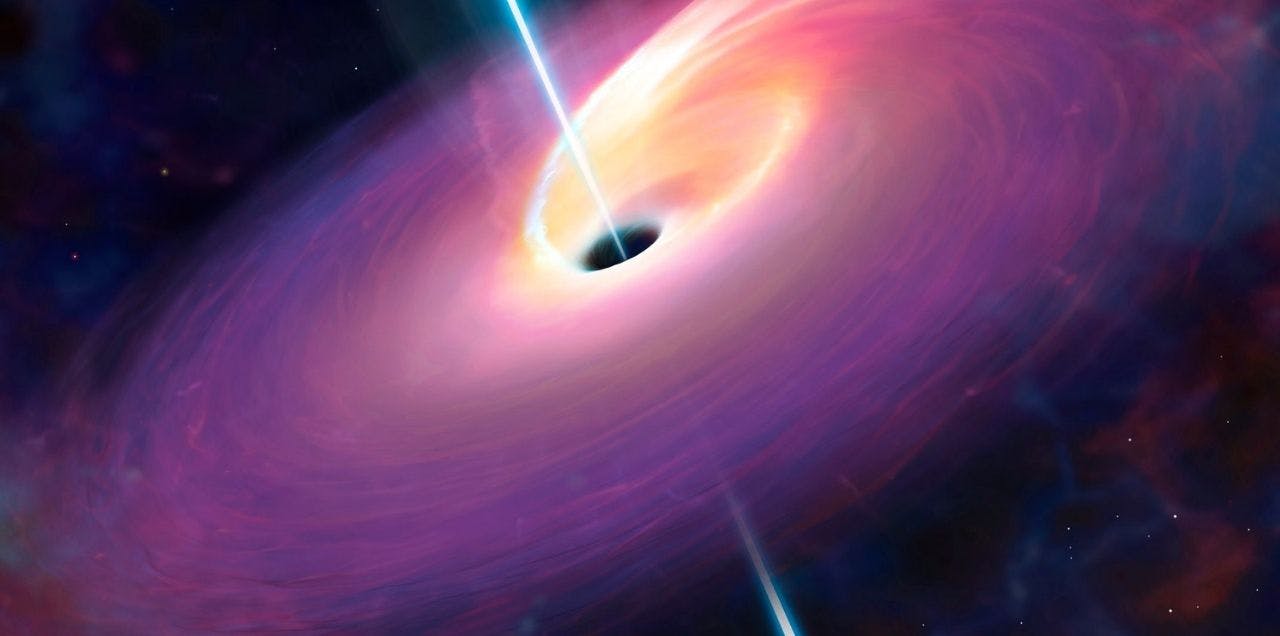Researchers witness the black hole engulfing a neutron star for the first time.
ByShehryar Makhdoom | Published date:
Scientists have identified multiple instances of the black hole and neutron star binary mergers, as well as a few black holes and neutron star triplet mergers.
However, while scientists have expected a black hole/neutron star collision, it has not been detected.
Ripples in space-time have now been discovered, according to researchers.
A gravitational wave event was detected by both the LIGO detectors and Europe's equivalent Virgo detector. In contrast, the other was seen by only one of the LIGO detectors and Virgo, while the other was detected by both LIGO and Virgo detectors.
A black hole almost six times as massive as our sun devoured a neutron star nearly half as massive as our sun, according to scientists and the merger occurred between 650 million and 1.5 billion light-years away.
Although GW200105 was not discovered conclusively, astronomers believe it resulted from a merger between a black hole nine times the mass of the sun and a neutron star approximately twice the mass of the sun located between 550 million and 1.3 billion light-years away.
The detections of gravitational waves produced no visible light, but that doesn't necessarily mean there was no matching flash.
(Image credit: Mark Myers, Swinburne University)
To pinpoint the location of the source, scientists could reduce the amount of sky under investigation to around 17% of the sky. To identify the head's location, scientists were still facing an area equivalent to 2,900 full moons.
Even though this is far from where the collisions took place, any light that reached Earth's surface would have been relatively weak because of the immense distances involved.
However, the scientists believe that, at least for these specific mergers, there was no visible light evidence.
Previously, it was believed that one black hole-neutron star merger occurred somewhere in the Milky Way every month, and now this new research says that in January 2020, scientists predict that a union between a black hole and a neutron star occurs once every month within one billion light-years of Earth.
Two theories have been proposed by scientists on how these mergers occur.
During preparations for the upcoming partnership observing session, the Virgo and KAGRA LIGO detectors are all involved in various stages of installation and testing.
In a collaboration between scientists and researchers, the agreement is for one gravitational wave signal to be detected every day, allowing researchers to vast amounts of knowledge about what is happening around the universe.
"There are not too big and dense things colliding when a collision occurs. While on the surface, it appears to be just like Pac-Man, in actuality, a black hole is devouring a companion neutron star," In an Australian National University statement, Susan Scott, a physicist, said,
We have detected the vibrations these collisions have transmitted throughout the cosmos.
The findings are disclosed in a publication appearing in The Astrophysical Journal Letters on June 29, 2017.


Comment